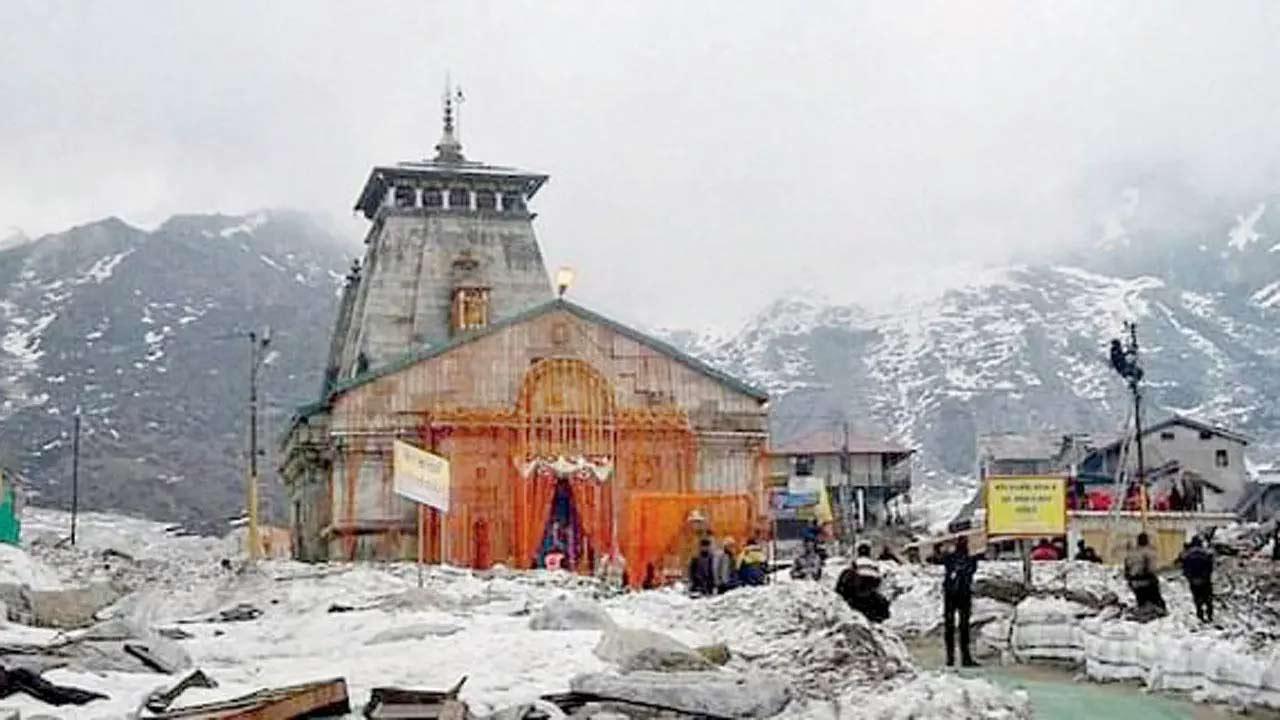The annual Chardham Yatra began on May 3 on the auspicious occasion of Akshaya Tritiya with the opening of the portals of Gangotri and Yamunotri temples in the Uttarkashi district. Portals of Badrinath Temple will open on May 8

Kedarnath is a part of the Chardham project
As the doors of the Kedarnath Temple opened on Friday morning, Uttarakhand Chief Minister Pushkar Singh Dhami along with his wife Geeta Dhami offered prayers.
ADVERTISEMENT
On the occasion of the opening of the doors of Kedarnath Dham, one of the country's 12 Jyotirlingas, thousands of devotees were present. The doors of the temple opened following years old traditional ritual of Vedic chanting. The temple has been decked with 15 quintals of flowers. The portals of the temple closed for winter for six months on November 6 last year.
Located on the bank of the Mandakini river, Kedarnath Temple is the of the four ancient pilgrimage sites referred to as 'Char Dham' which also include Yamunotri, Gangotri and Badrinath. Built in the eighth century AD by Jagad Guru Adi Shankaracharya, Kedarnath Temple is dedicated to Lord Shiva.
The annual Chardham Yatra began on May 3 on the auspicious occasion of Akshaya Tritiya with the opening of the portals of Gangotri and Yamunotri temples in the Uttarkashi district. Portals of Badrinath Temple will open on May 8.
Earlier this month, the state government capped the number of pilgrims visiting the Char Dhams. A total of 15,000 pilgrims will be allowed daily at Badrinath, 12,000 at Kedarnath, 7,000 at Gangotri and 4,000 at Yamunotri. This arrangement has been made for 45 days.
This year, it is not mandatory for pilgrims to carry a negative Covid-19 test report or vaccination certificate. Char Dhams draw lakhs of tourists and devotees every year from across the country and abroad.
This story has been sourced from a third party syndicated feed, agencies. Mid-day accepts no responsibility or liability for its dependability, trustworthiness, reliability and data of the text. Mid-day management/mid-day.com reserves the sole right to alter, delete or remove (without notice) the content in its absolute discretion for any reason whatsoever
 Subscribe today by clicking the link and stay updated with the latest news!" Click here!
Subscribe today by clicking the link and stay updated with the latest news!" Click here!







